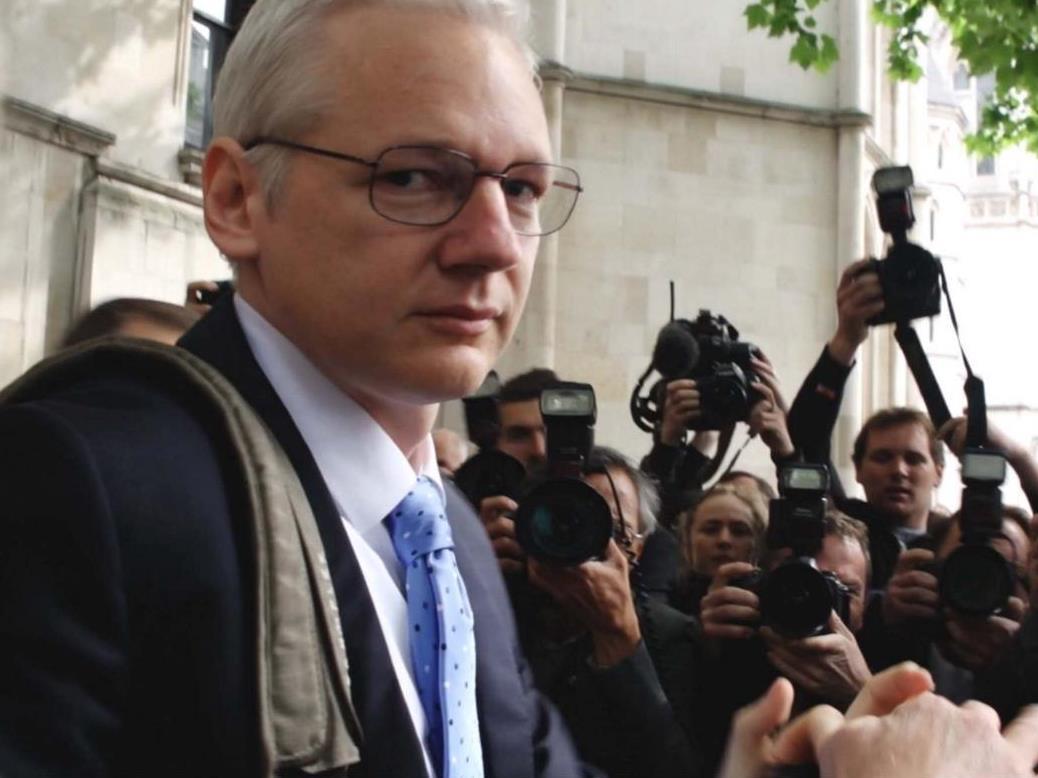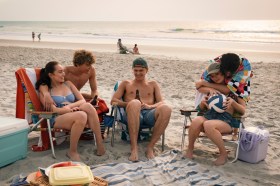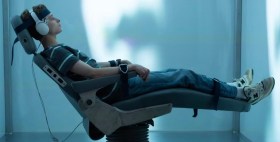Image: Julian Assange, the subject of Risk by Laura Poitras.
Six hundred hours of documentary footage is a Himalayan heap of real life. But this vast accumulation of humanity opens up a way of seeing which has never been possible before, deep and long and multilayered and complete.
Just to look at the shots takes fifteen weeks of continuous screening at forty hours per week. It all has to be logged and analysed, cut down and turned into a story channelling the river of events.





